#germanic
Text

Bro can still hide his receding hairline. But he loses an unusually large amount of head hair while showering; whereas elsewhere on his body a real fur sprouts. His development into a typical pack otter cannot be stopped.
436 notes
·
View notes
Text
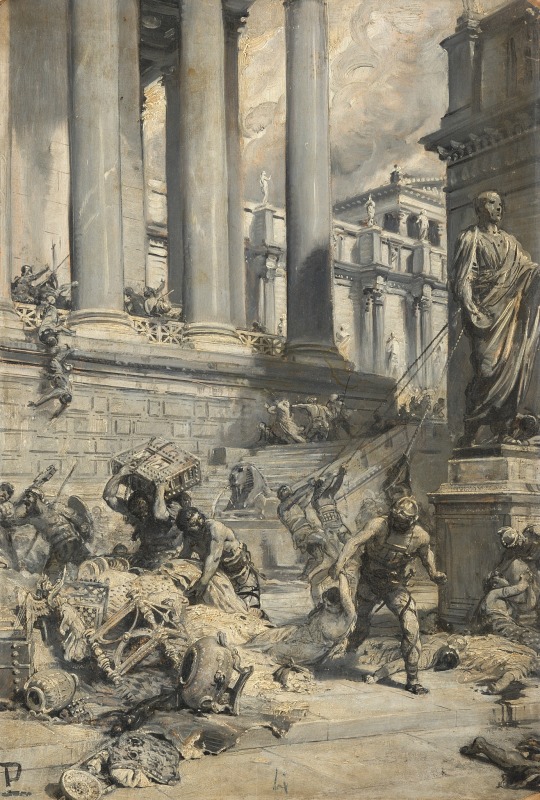
The Sack of Rome by Alaric's Visigoths
by Lodovico Pogliaghi
#sack of rome#rome#art#lodovico pogliaghi#alaric#visigoths#visigoth#visigodos#germanic#city#treasure#antiquity#history#ancient rome#roman#romans#visigothic#europe#european#architecture#barbarians#barbarian#statues#sculptures#statue#sculpture#roman empire#empire
619 notes
·
View notes
Text

Second day of Christmas : the Yule Goat
In Scandinavian countries, the Yule Goat or Julbock is an emblematic Christmas figure taken straight from Norse and Germanic mythologies. Inspired from the goats who accompanied Thor and turned malevolent and satanic at the moment of Christianism's coming, he became good again in the 19th century and it was then said he was the one bringing presents to children, before being rewritten agai as just the Julenisse's mate/steed, the elf who is said to be the one bringing gifts more recently. The reason why I drew him crisp burnt is referring to the Gävle Goat, Sweden. It's super funny, but too long tocbe explained here, there are lots of articles and videos on the subject and this year is a new step in its history
#Christmas#twelve days of christmas#folklore#lol#i made it myself#moi#julbock#gävle goat#gävle#sweden#norse#germanic#mythology#burned#fire#explosion
267 notes
·
View notes
Text

Painting of an Anglo Saxon warrior (female) that I made for myself a few years back! Got inspired by Germanic and Celtic regalia, an almost endless source of inspiration for these type of characters..
#dungeons and dragons#board games#concept art#fantasy art#tabletop games#digital painting#magic the gathering#ancient history#character design#armor#anglo saxon#vikings#celtic#germanic
636 notes
·
View notes
Text
#polls#linguistics#languages#Slavic#Afro-Asiatic#ytilaremehpe-sselhtaed#Germanic#Indo-Iranian#Baltic#Romance#Uralic#Sino-Tibetan
2K notes
·
View notes
Text
King’s Field Pendant
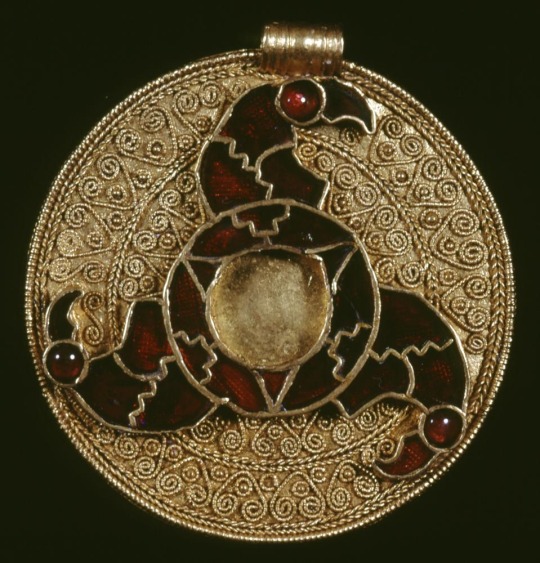
This magnificent pendant is the ultimate proof that the “Dark Ages” is an academic concept. Rather than Europe plummeting into darkness because of the “fall” of the Western Roman Empire, it’s more the lack of academic interest in the Early Middle Ages.
This Anglo-Saxon pendant was found on King’s Field (Kent) and is made of gold and garnet, but decorated extremely intricately with gabuchon, filigree and granulation. The garnet was used to form a triskele with round centre and ending in bird heads. At just 3,5 cm across, this was made by a master craftsman with materials from all over the known world.
The pendant might have been worn on a bit of string or rope, or it may have been worn as part of a glass beaded necklace. The pendant likely belonged to a woman.
The British museum, England
Museum nr. .1145.’70
Found in King’s Field - Kent, England
#merovingian#anglo saxon#viking#Vikings#frankish#carolingian#charlemagne#viking archaeology#germanic archaeology#Merovingian archaeology#Anglo Saxon archaeology#field archaeology#archaeology#field archaeologist#frisian#frisian archaeology#Germanic#jewelry#almandine#garnet#roman empire#western Roman Empire#germanic mythology#viking mythology#Norse mythology#pagan#kent#england#anglo Saxon England#paganism
820 notes
·
View notes
Photo

Germanic Tribes in the Roman Imperial Period
163 notes
·
View notes
Text

happy year here’s my first unnecessarily niche joke of 2023
#linguistics#language#germanic#germanic languages#uerdingen line#isogloss#langblr#language blog#languageblr#language meme#language memes#linguistics humor#language learning#linguistics memes#linguistics blog#lingblr#studyblr#language lover#lingblog#linguistics tumblr#languages#linguistics jokes#twitter#arin hanson#tweet
950 notes
·
View notes
Text

The word fish doesn't share any of its sounds with Spanish pez or French poisson, but all these words are etymologically related. They stem from the Proto-Indo-European root *pisk-. Here's a selection of Germanic and Romance descendants of this root.
#historical linguistics#linguistics#language#etymology#english#latin#french#dutch#german#spanish#romance#germanic#proto-germanic#portuguese#regional languages#lingblr#italian
254 notes
·
View notes
Text
Archaeological things that make me happy
Early medieval Germanic Buckets

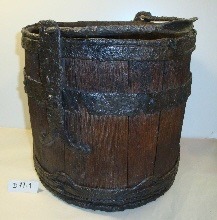

For reasons not really known, the Early Germans attributed an unknown importance to buckets. Both in Anglo Saxon and Merovingian graves can such buckets be found. I’d even call them pretty, and they’re 1500 years old.
1) RMO Leiden, object nr Rh763F, Rhenen-Utrecht, The Netherlands
2) KMKG Brussels, object nr D0077-001, Tienen-Vlaams Brabant, Belgium
3) The British Museum London, object nr 1939,1010.119 , Sutton Hoo - Suffolk, England
#field archaeology#anglos Saxon#germanic#early Germans#Merovingian#Frankish#charlemagne#archaeology#field archaeologist#Sutton hoo
239 notes
·
View notes
Text

A man must have a long bushy mane around his face like a lion.
233 notes
·
View notes
Text
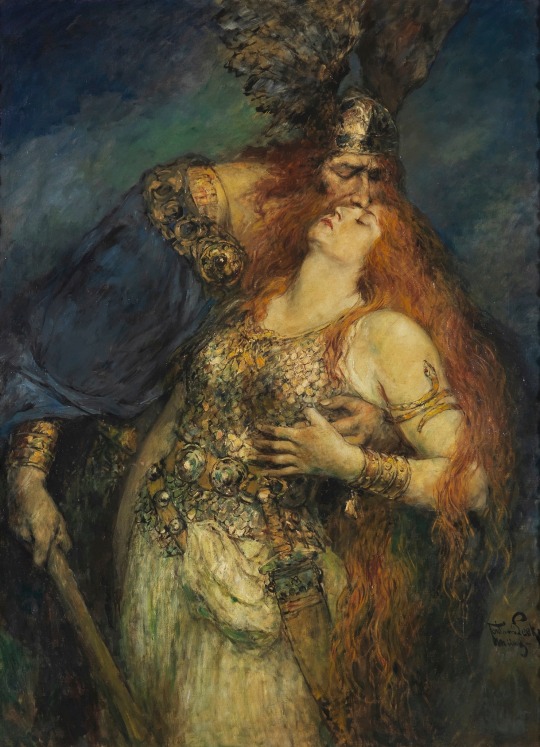
Wotan's farewell to Brunhilde by Ferdinand Leeke
#wotan#brunhilde#art#ferdinand leeke#die walküre#the valkyrie#richard wagner#odin#norse mythology#germanic mythology#der ring des nibelungen#the ring of the nibelung#mythology#religion#germanic#germany#german#nordic#norse#northern europe#europe#european#gods#mythological#woden
232 notes
·
View notes
Text

Slavic inspired character design I painted a few years ago; Inspired by ancient paganism and early medieval/cossack apparel.
Hope you like it!
JCH
#dungeons and dragons#board games#concept art#fantasy art#tabletop games#digital painting#magic the gathering#character design#ancient history#armor#slavic#pagan#celtic#warrior#rus#viking#saxon#germanic#barbarian#conan#cossack#folklore
291 notes
·
View notes
Text
The period known as 'the Dark Ages' (5th-10th centuries) might well have received its bad reputation with little foundation. It's time to shed some light on this era, commonly viewed as a time of stagnation and decline. This article challenges this (mis)conception and reveals a period rich in resilience, innovation, and progress.
Historians once labeled these centuries as 'dormant,' especially during the Renaissance and Enlightenment. But modern perspectives paint a more dynamic picture. From intricate manuscripts in monasteries to grand cathedrals, the Dark Ages was a period of significant cultural and intellectual activity.
Explore how this era, far from being a time of mere survival, was marked by human creativity and advancement. We delve into the intricacies of medieval life, uncovering the truth behind the myth of the 'Dark Ages' and celebrating the achievements of this often-overlooked period.
Discover the story of Romulus Augustulus, the last Roman emperor, and how the fall of the Western Roman Empire gave rise to new Germanic traditions. Learn about the Carolingian Renaissance under Charlemagne and the role of the Catholic Church in shaping Europe's history.
Were the Dark Ages really as dark as Petrarch and Enlightenment scholars suggested? Or was it a time of unexpected prosperity and advancement, especially for common people, compared to the classical period? Our article examines these questions and more, offering a fresh perspective on a pivotal era in history.
#Dark Ages#Enlightenment#Middle Ages#Roman#Germanic#Medieval#Charlemagne#ancient#history#ancient origins
60 notes
·
View notes
Text
The Wiuwert treasure
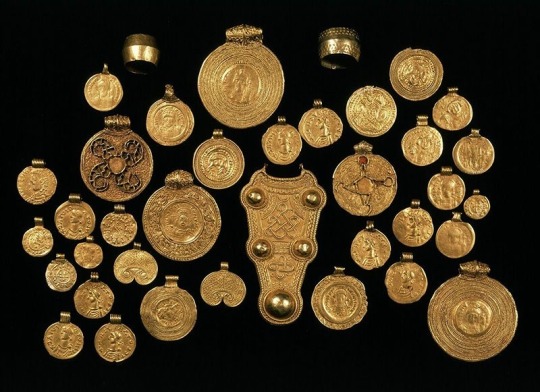
The Wiuwert/Wieuwerd treasure or hoard was found in a terp in modern Frisia.
The hoard was found in a little ceramic jar and contained the footplate of a bow brooch, two disc brooches with cloisonné, two “kidney brooches”, two finger rings, three bracteates and pendants.
These pendants were coins turned into jewelry. Their origin came from all over; Constantinopel, Ravenna, Viviers, Arles, Marseille, Sevilla and Maastricht. They are dated from the 6th and 7th century. It is assumed that the other jewelry was made from melted coins. The find itself is dated around 630.
No human remains are associated with the hoard. Most likely they belonged either to a gold smith or a local leader.
Rijksmuseum van Oudheden, Leiden - The Netherlands
Found in Wieuwerd, Frisia - The Netherlands
#frankish#merovingian#viking archaeology#archaeology#carolingian#charlemagne#field archaeology#viking mythology#merovingian archaeology#germanic mythology#norse mythology#anglo saxon#field archaeologist#frisian#viking#vikings#germanic#germanic folklore#germanic archaeology#odin#wodan#anglo saxon archaeology#history#jewelry#norse
163 notes
·
View notes
Text
Finnish words by unusual language of origin
*note: this does not list all the languages that the word was borrowed from, only the oldest known origin of it
*also: if you've never seen a word on this list, please don't doxx me. These are all real words. I don't spread misinformation. Why do I still need to put this in my posts
Job: Ammatti (from proto-celtic *ambaxtos)
Fun Fact: this is the same root that forms the english word “Ambassador”!
Wagon: Kärry (from proto-celtic *karros)
Fun Fact: This is the root that forms the English word “Car”!
Poem: Runo (from proto-celtic *rūnā)
Fun Fact: This is the root that forms the English word “Rune”!
Hikikomori: Hikky (from Japanese hikikomori 引き籠もり)
Clam: Simpukka (from Mandarin zhēnzhū 珍珠)
Goods: Tavara (from proto-turkic *tabar)
Fun Fact: words descended from this root can be found as far as China and Siberia!
Dungeon, jail: Tyrmä (from proto-turkic *türmä)
Fun Fact: This toot extends to Azerbaijan and even Yiddish!
Rauma (city name) (from proto germanic *straumaz meaning stream)
Cherry: Kirsikka (from ancient creek kerasós κερασός which might also have older forms)
Fun Fact: this word is widespread, even appearing in Arabic.
God: Jumala (possibly from proto-indo-iranian)
Fun Fact: This word could be related to Sanskrit dyumna द्युम्न if it is from proto-indo-iranian
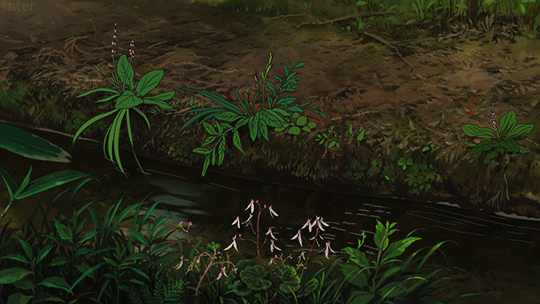
#finnish#langblr#langblog#language#study blog#suomen kieli#finnish language#finnish langblr#word roots#proto-celtic#proto-turkic#germanic#celtic#indo-iranian
97 notes
·
View notes